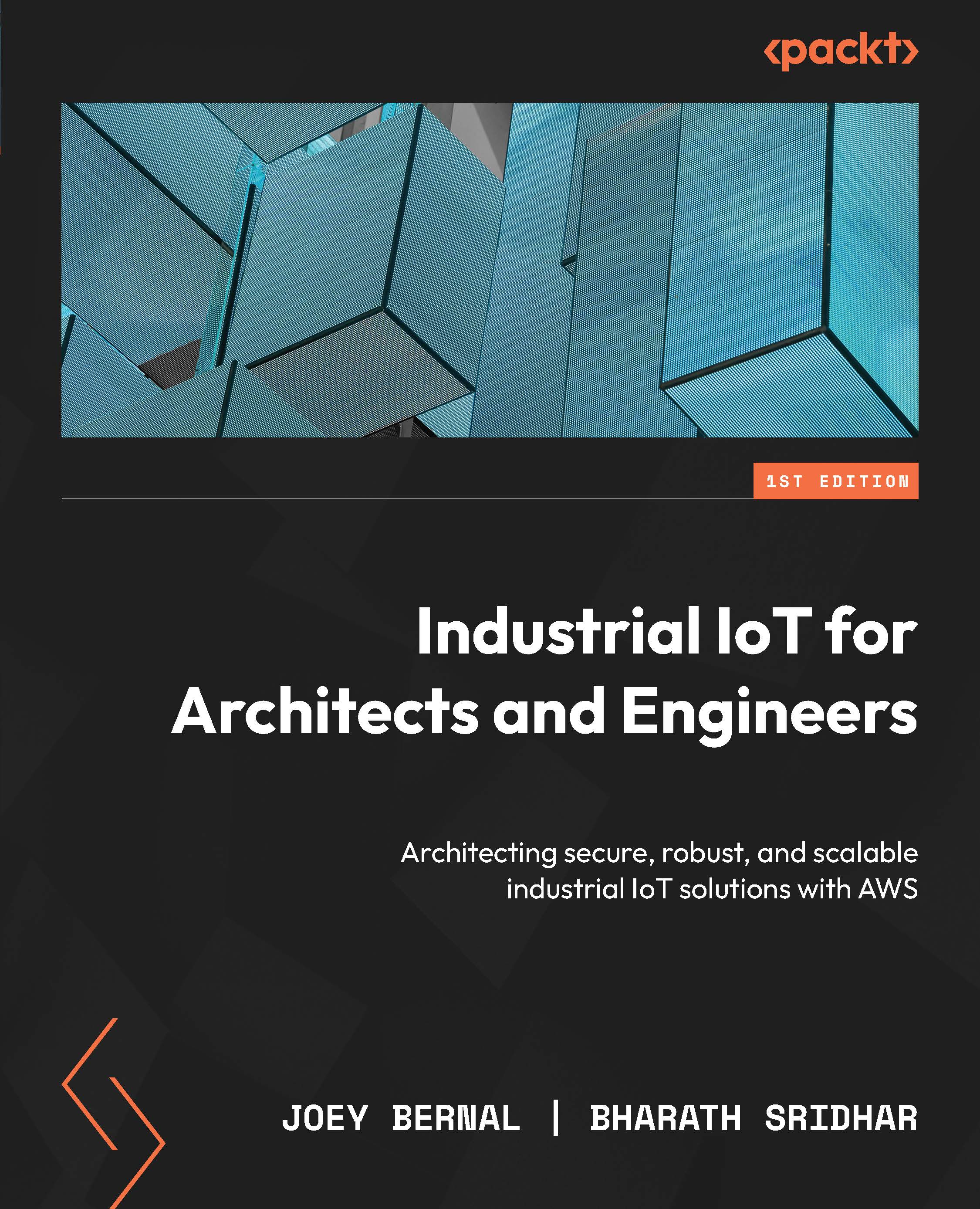OT and Industrial Control Systems
OT stands for Operational Technology, used in industrial production. This chapter will focus on existing control systems prevalent in the industry, commonly attributed to the OT layer. These are part of layers 0, 1, and 2 of the Purdue model and ISA-95 architecture. This chapter will help you understand real-time manufacturing execution systems and how machines are orchestrated to maximize production.
In Chapter 2, Anatomy of an IoT Architecture, we outlined a layered approach to architecture. This chapter will focus on the lower layer and move toward an end-to-end integration. The device layer, or the lowermost layer, consists of machines that operate, PLCs that help the machines run, and the SCADA and control systems that supervise the PLCs and equipment.
We’ll start with understanding the landscape of a typical manufacturing unit with machinery and control systems and then perform a deeper dive into the intelligent controllers that drive the machines to achieve production goals. We will also explore the language of these machines – the underlying protocols that define the all-important communication mechanism.
In a nutshell, we will look at the following areas:
- Revisiting the basics of manufacturing
- Understanding industrial control systems
- Exploring PLCs
- PLCs versus microcontrollers
- Industrial communication of the future
- Mapping your integration strategy
- Where IT meets OT in industrial systems



























































